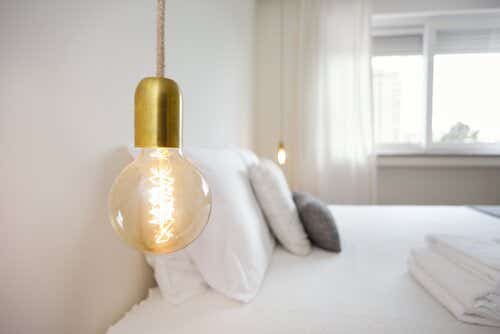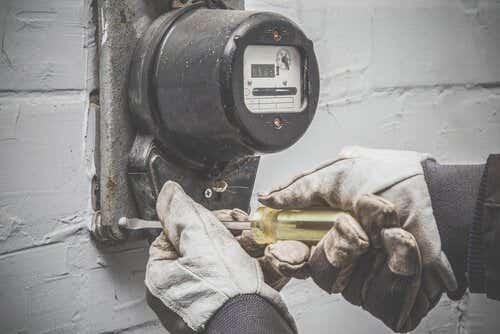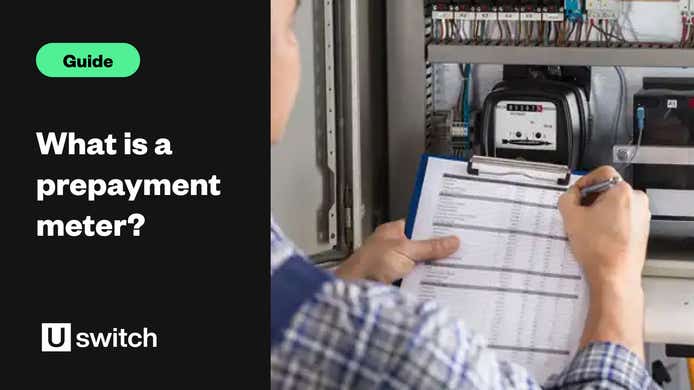Most of us are familiar with our gas or electricity meter and how it works, counting the amount of energy you use. But what if your meter was split between two different types of energy, and charged at different rates?
What are white meters?
White meters, which are usually found in Scotland, are commonly known as Economy 7 meters in England. They ensure that you're offered one rate during the day and another for your use during the night, or at off-peak times. However, while Economy 7 meters offer seven hours of off-peak rates, white meters offer eight hours.
Like an Economy 7 tariff, a white meter requires a different kind of meter to be installed at your property, which can cost money. This means white meter tariffs can also be difficult to switch to and from.
White meters can offer a great solution to rising energy costs, but their suitability very much depends on your consumption patterns, and the type of property you live in.
How is a white meter charged?
A white meter uses two different meters showing two different readings – one to show your normal consumption and one to show your off-peak consumption.
As such your bills will feature two different unit rates, and two different fees which will, together with any standing charges, make up your bill total.
The unit rates and standing charges will vary from company to company, as will the starting hours for off-peak rates. The standard off-peak times are usually between 11pm and 6am, 12pm and 7am, or 1am and 8am. Some white meter tariffs may have longer periods of off-peak pricing.
How can I tell if I’m on a white meter?
The easiest way to tell if you’re on a white meter is to look at your latest energy bill. If you see two different readings on your bill and two different supply numbers, then you could be on a white meter.
If you’re not sure you can always call your energy supplier to check. Alternatively you could look for your meter point access number, or MPAN. White meters will have an MPAN starting with the numbers ‘02’.
Switching from white meters
As white meters require a special, secondary meter to be installed and wired to your standard meter, there are some installation costs that will have to be taken into account when switching to a white meter.
If you already have a white meter and want to switch to a standard meter you will have to call your electricity provider. Switching to a standard meter may require installation costs, and you might have to fulfil certain criteria.
Is a white meter right for me?
The concept behind a white meter is great, but it only works if you take advantage of the cheaper off-peak tariffs for the majority of your energy usage.
From a structural point of view your house will need a storage heater, so you can heat your hot water and heater during the evening, when the tariffs are cheaper, and use your energy during the day or in the evening.
It is also important that you have suitable appliances with timer systems set on them. If for example your washing machine doesn’t have a timer and you’re forced to use it during the day, a large portion of your savings will immediately be lost.
The same goes for your energy using habits. A white meter suits people who like to use the majority of their energy in the evening. The golden rule is if you use 40% or more of your energy at night, a white meter might be worth considering.
Likewise you have to be the kind of person who doesn’t mind cooler water in the evenings. A white meter will heat most of your water at night and store it in a storage heater. That means your water will be hottest first thing in the morning, and coolest in the evening.
Finally you should note that most white meter tariffs will charge a slightly higher daytime charge compared to a standard tariff, so if your usage patterns are unpredictable they could end up costing you more.
Compare energy to make sure you don't pay too much
Whether you opt for a white meter or not you should always make sure you are getting the right price for your gas and electricity. The only way you can do that is to regularly compare energy to see what else might be out there.
Enter your postcode below to get started.
Run an energy compariosn
Enter your postcode below to compare energy prices and get started on your energy switch.




